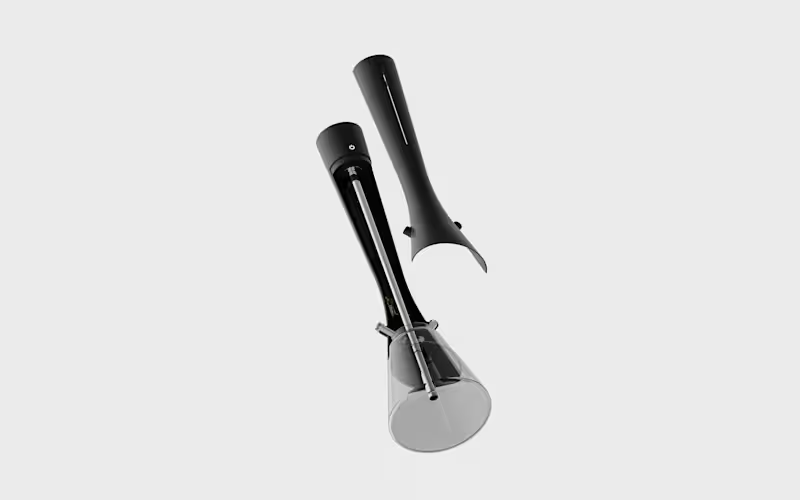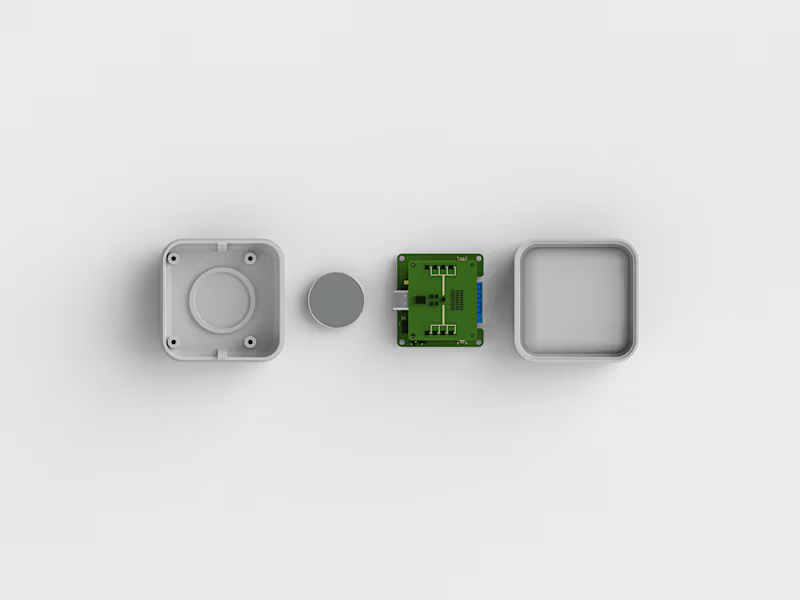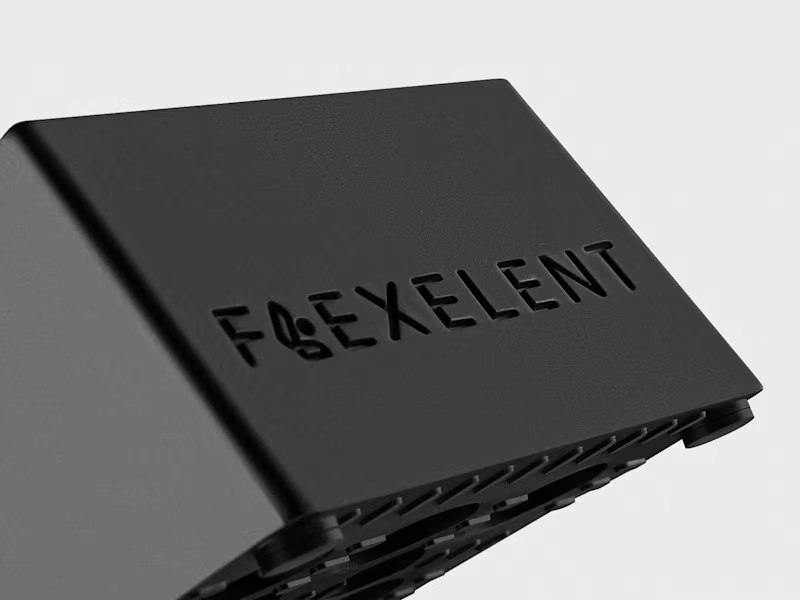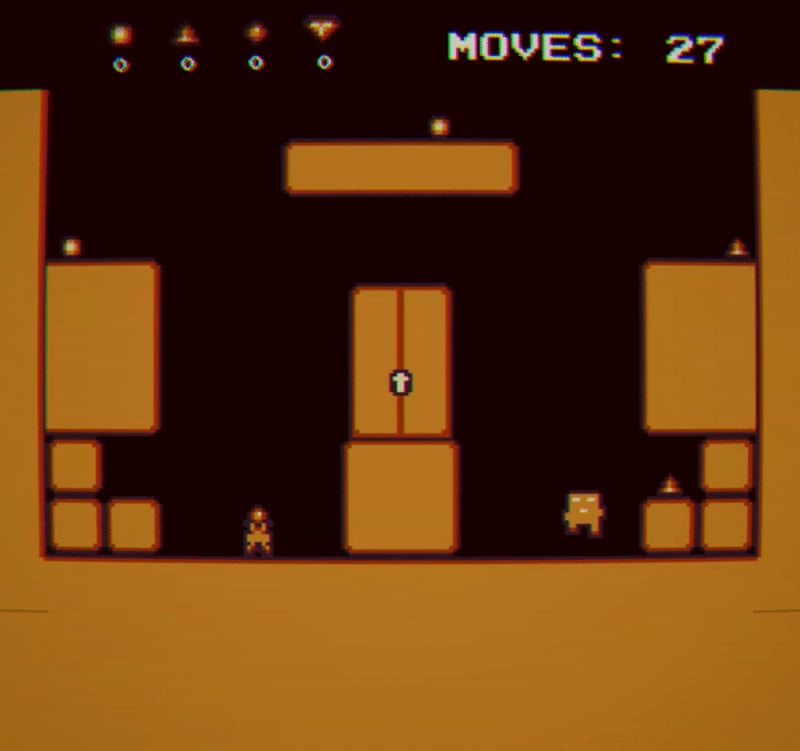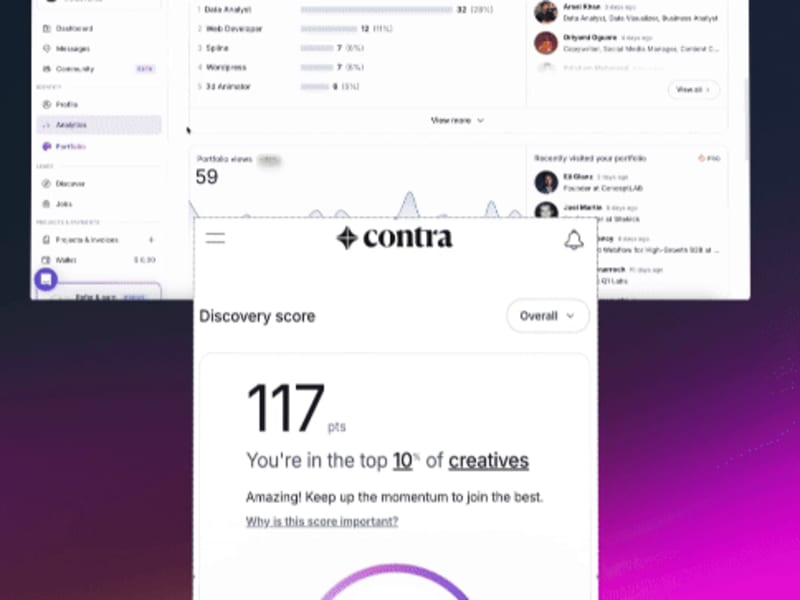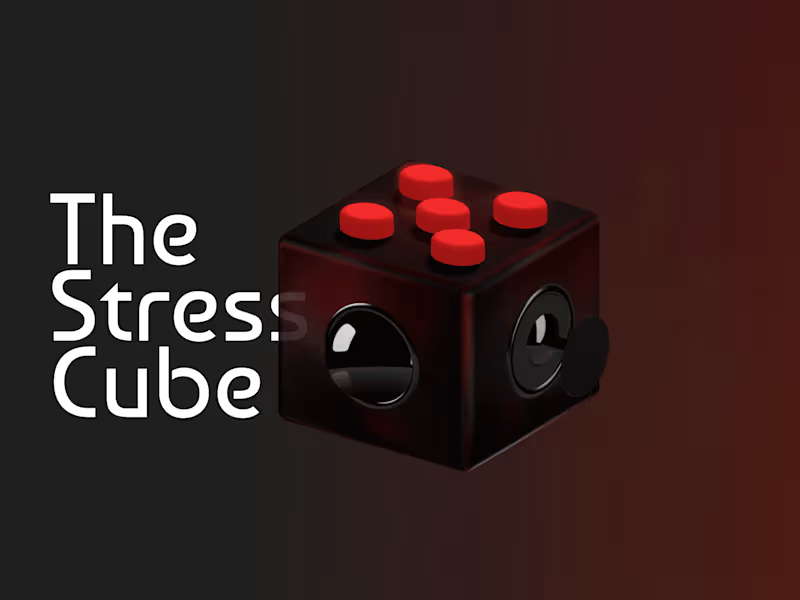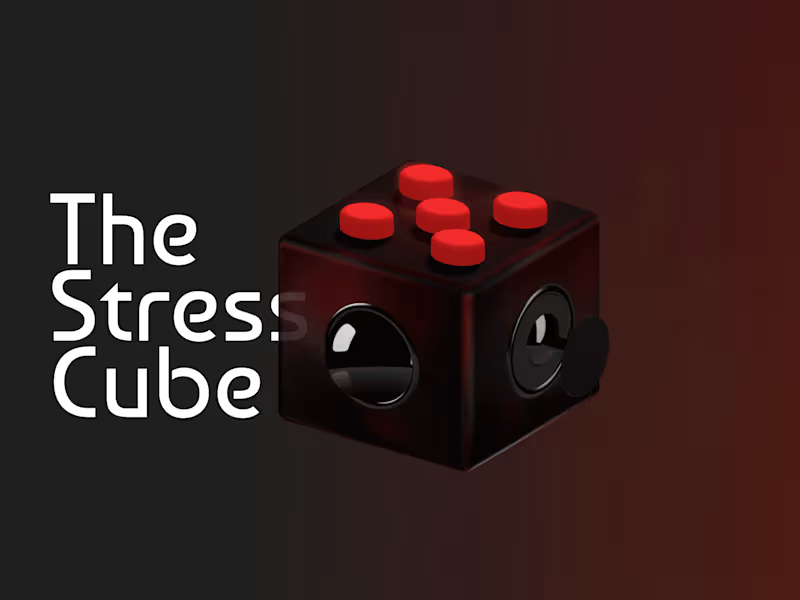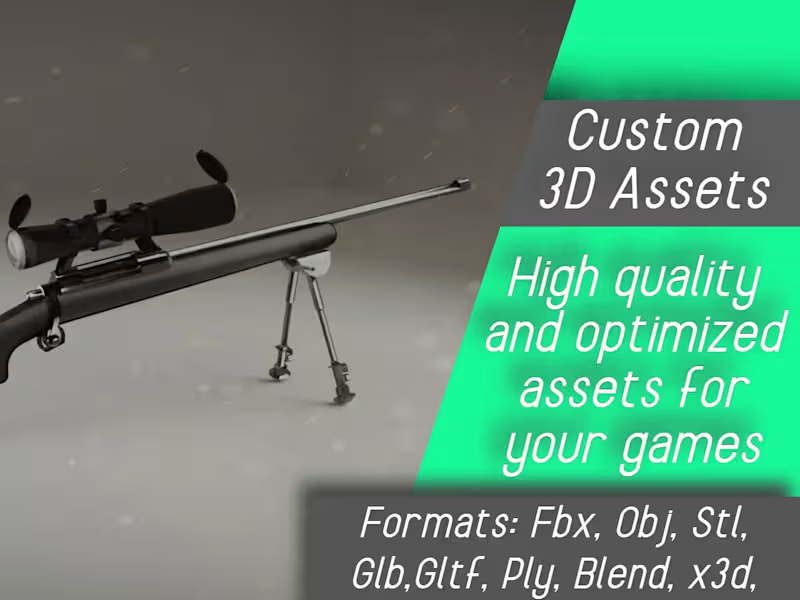How can I clearly define the 3D model I want?
Start by writing down a simple description of your project. Think about what the model should look like and what it is for. Sketches or reference pictures can also help the 3D modeler understand your vision better. Be clear about the size and details that are important. This helps the modeler create exactly what you need.
What should I look for in a 3D modeler's portfolio?
Look for work that matches the style or complexity you need. Check if they have made similar models before. Pay attention to details in their work and the quality of rendering. See if they have worked on projects that required creativity and problem-solving. Their previous work should show they can make what you need.
How can I agree on the deliverables with a 3D modeler?
Talk about what you want the final model to include, like color, texture, and size. Decide on the file format you need the model in. Make a list of all the parts of the project and their deadlines. Agree on how often you will have check-ins or updates. This keeps everyone on the same page.
What should I ask or tell a 3D modeler to get started?
Share your overall vision and any important details they need to know. Ask them how they plan to begin the project and what steps they will take. Make sure you both understand the timeline from start to finish. Talk about any team members or tools you want them to use. This ensures they are ready to start.
How can I ensure the 3D modeler uses the right tools?
Ask which software tools they are comfortable using. Make sure these tools match the requirements of your project. If your project needs a specific software file type, let them know. Their tools should help them make the best model for your needs.
How should I prepare for the kickoff meeting with a 3D modeler?
Have a clear list of project goals and requirements ready. Organize any reference materials or sketches you want to share. Be prepared to answer questions about timelines and resources. Make sure to discuss communication preferences and schedules. This meeting sets the tone for a smooth project.
What are some ways to manage timelines effectively with a 3D modeler?
Break the project into smaller steps with deadlines for each one. This way, both of you know what needs to be done and by when. Set up regular check-ins to track progress and address concerns. Having a clear timeline helps the project stay on track and makes it easy to adjust if needed.
How do I know if the 3D modeler understands my project requirements?
After explaining your project, listen to how the modeler describes it back to you. They should summarize the main points and any specifics you mentioned. Offering their own ideas can show they are engaged and understand your needs. Make sure they ask relevant questions to clarify any doubts. This shows they are invested in getting it right.
What should be included in my project brief for a 3D modeler?
Include a clear description of the project and its purpose. Provide details about the model’s dimensions, colors, and textures. Mention any specific file formats or tools required. Outline the timeline and key milestones for the project. A complete brief helps the modeler know exactly what’s expected.
How can I evaluate the progress of the 3D modeling project successfully?
Set milestones that help track the different stages of the project. Review these milestones regularly with the modeler. Give feedback on work-in-progress models to guide any corrections. Keep communication open to discuss any adjustments needed. Consistent progress checks ensure the final model meets your expectations.
Who is Contra for?
Contra is designed for both freelancers (referred to as "independents") and clients. Freelancers can showcase their work, connect with clients, and manage projects commission-free. Clients can discover and hire top freelance talent for their projects.
What is the vision of Contra?
Contra aims to revolutionize the world of work by providing an all-in-one platform that empowers freelancers and clients to connect and collaborate seamlessly, eliminating traditional barriers and commission fees.

- 5.0
- Rating
- 1
- Followers



- $1k+
- Earned
- 3x
- Hired
- 5.0
- Rating
- 17
- Followers
Top






























